Let’s Get Real About Your Skin: The Vitamins That Actually Work
I’ve spent a long time in the skincare world, working in busy clinics right alongside the top dermatologists. And I can tell you one thing for sure: I’ve seen countless people walk in, frustrated with their skin and holding a bag full of expensive creams, hoping for a miracle.
In this article
While the right products are a big piece of the puzzle, the most amazing skin transformations I’ve ever witnessed start from the inside out. I’ll never forget one client who struggled with constant redness and inflammation. We tweaked her routine, but the real game-changer came from a simple blood test that showed a major Vitamin D deficiency. Honestly, fixing that one nutritional gap calmed her skin more than any pricey serum ever could.
That experience, and so many others like it, really shaped my entire philosophy. Healthy skin is something you build, not just something you coat with lotion. It’s a living organ, and it needs the right raw materials to do its job. So, this is me, sharing what I’ve learned from thousands of hours of hands-on work and geeking out on skin science. We’re going to skip the marketing hype and get down to what your skin truly needs, how it works, and how to use it without messing up your skin barrier. Let’s get into it.
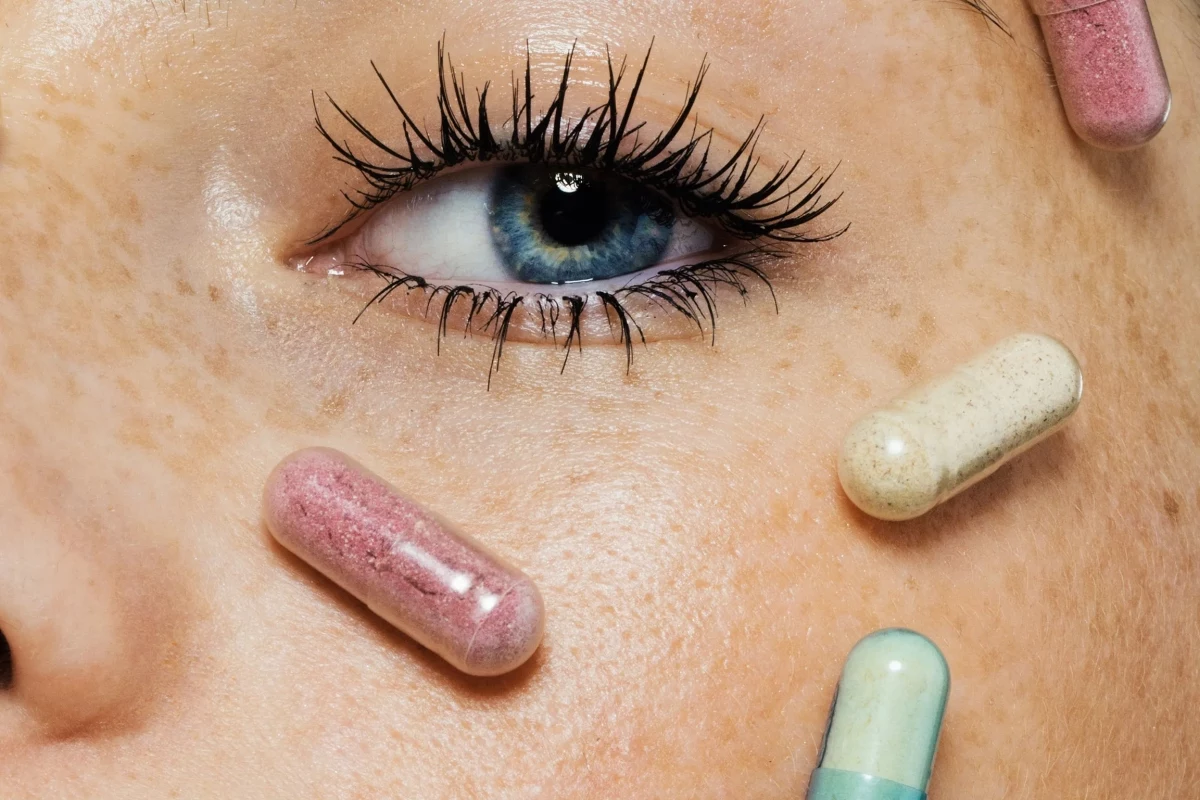
First, a Quick Look Under the Hood
Before we dive into specific vitamins, let’s talk about what they’re actually supporting. Think of your skin like a house. You can’t just slap a new coat of paint on a wall with a crumbling foundation and expect it to hold up, right? The vitamins are the key supplies and the construction crew that keep that foundation solid.
Your skin has a few key layers. The outer one, the epidermis, is your bodyguard against the world, keeping moisture in and pollution out. Beneath that is the dermis, the real powerhouse. It’s packed with collagen and elastin—the proteins that give your skin that firm, bouncy feel. The deepest layer is mostly a fatty cushion. Simple enough.
Two ideas are super important here:
- Making Collagen: You can’t just rub collagen on your face and call it a day (well, you can, but it won’t do much). Your body has to build this complex protein itself. This process absolutely requires certain vitamins to work. Without them, the production line grinds to a halt, and you start seeing sagging and fine lines.
- Fighting Off Stress: You’ve probably heard of free radicals. Think of them as tiny little pinballs bouncing around inside your skin, created by things like sun exposure and pollution. They damage healthy cells, including collagen. Antioxidants are the good guys that swoop in and neutralize these troublemakers, acting like a shield.
Once you get this, your whole mindset shifts from “What’s good for skin?” to “What do I need to build collagen or fight off damage?” That’s how the pros think, and it’s how you get real results.

The A-List: A Pro’s Guide to Skin Vitamins
The market is just flooded with options. Let’s cut through the noise and focus on the vitamins that have solid science and clinical results behind them. For each one, I’ll break down what it does, how we use it in a professional setting, and how you can actually use it in your life.
1. Vitamin C: The Master Builder
In any skin clinic, Vitamin C is a total non-negotiable. Its reputation is deserved, but it’s more than just a vague “brightener.”
How it Works: Vitamin C’s most important job is to help build strong collagen. Without it, your body makes flimsy, weak collagen. It’s also a fantastic antioxidant, protecting you from sun and environmental damage. Oh yeah, and it’s best friends with Vitamin E—it actually helps recharge Vitamin E after it’s done fighting a free radical. Teamwork!
In the Treatment Room: Topically, we look for serums with L-Ascorbic Acid, which is the most researched form. The sweet spot for concentration is usually between 10% and 20%. Any less might not do much, and any more can be really irritating without adding much benefit. The pH of the formula also has to be low (under 3.5) for it to actually sink into your skin. A reader once asked me, “How am I supposed to know the pH?” Good question! You don’t need to buy pH strips. Reputable brands, especially the clinical-grade ones, get this right. If a brand is cagey about their formulation details, it can be a red flag.

Heads up! Vitamin C is incredibly unstable. Light, air, and heat break it down fast. That’s why good serums always come in dark, airtight bottles. If your serum turns dark orange or brown, it’s oxidized. Toss it. At that point, it’s not just useless; it can actually cause more damage. Plan to use up a bottle within 3-4 months of opening it.
Real-World Solutions: For your diet, think beyond oranges. Bell peppers, strawberries, and broccoli are loaded with Vitamin C. On the product side, you have options for every budget. You can find a great starter serum like The Ordinary’s Ascorbic Acid 8% + Alpha Arbutin 2% for under $15. If you’re ready to invest in the gold standard, something like SkinCeuticals C E Ferulic is a powerhouse, but it’ll set you back around $180.
2. Vitamin A (Retinoids): The Great Rewinder
If there’s one ingredient family that skin experts agree on for aging and acne, it’s retinoids. They’re the real deal.

How it Works: Retinoids are a family of compounds that basically tell your skin cells to act younger and healthier. They speed up cell turnover (which helps with texture and clogged pores) and, over time, stimulate new collagen production to soften fine lines.
Let’s Decode the Labels: Understanding the different types is key to not wrecking your skin. Think of it like a ladder of strength.
- At the bottom are Retinyl Esters: Very gentle, low irritation, great for super sensitive skin.
- A step up is Retinol: The standard you’ll find in most over-the-counter products at places like Sephora or Ulta.
- The next rung is Retinal (or Retinaldehyde): Stronger and faster-acting than retinol, a fantastic option if your skin is ready for more.
- At the very top is Retinoic Acid: This is prescription-only and the most powerful form.
My rule for anyone starting is always “low and slow.” Begin with a low-concentration retinol (like 0.25%) just two nights a week. The initial peeling and dryness is normal—we call it the “retinization” period. To make it easier, I teach the “sandwich technique”: apply a thin layer of a simple moisturizer, wait a few minutes, apply a pea-sized amount of your retinoid, wait again, and then top with more moisturizer. A quick tip: If you’re in a hurry, you can even mix that pea-sized amount directly into your moisturizer. It dilutes the strength a bit, but it’s much better than skipping it altogether!
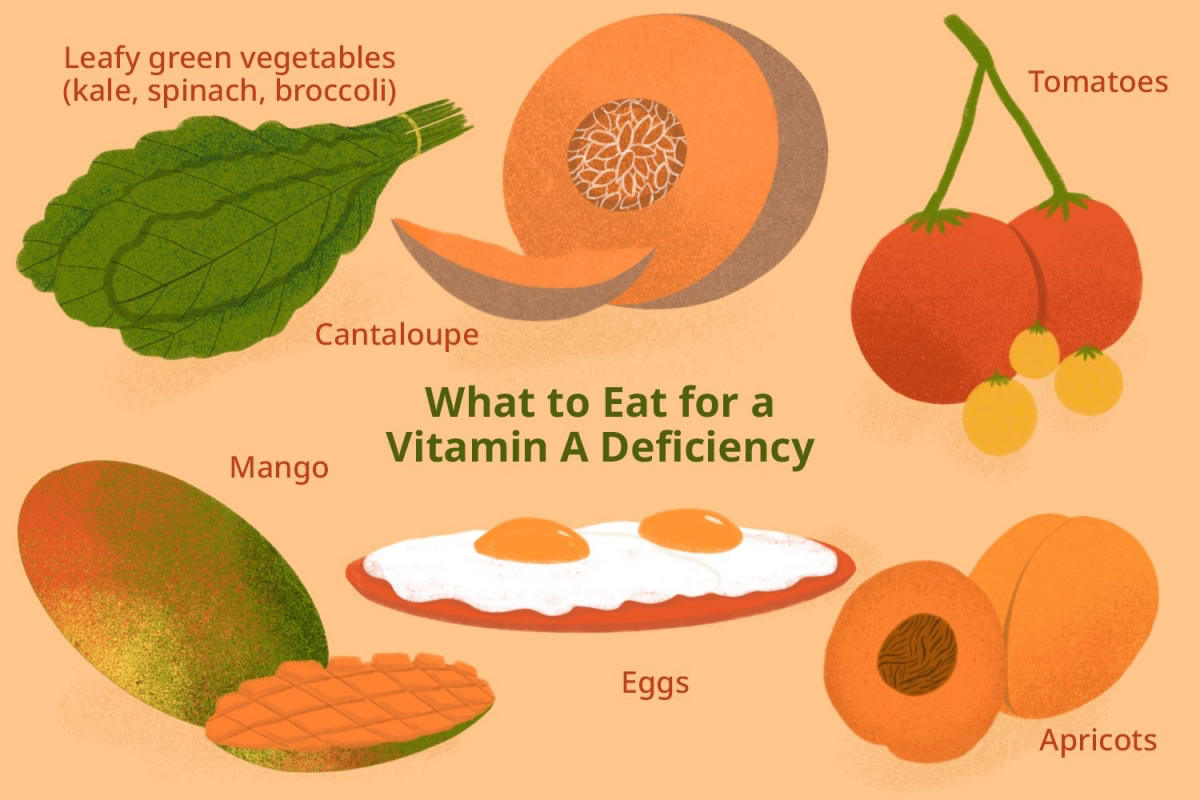
This is SERIOUS: Never use retinoids if you are pregnant, trying to become pregnant, or breastfeeding. And because they make your skin extra sensitive to the sun, a daily broad-spectrum sunscreen of SPF 30 or higher is absolutely mandatory. No exceptions. Expect to see real texture changes in about 3 to 6 months—be patient!
3. Vitamin D: The Unsung Hero
You don’t hear about Vitamin D in most beauty blogs, but it’s critical, especially for anyone with inflammatory skin issues.
How it Works: Your skin actually makes Vitamin D from sunlight! It plays a huge role in how your skin cells grow and repair themselves, and it helps calm the immune system in the skin. Low levels are consistently linked to worse outcomes for conditions like psoriasis and eczema.
A Quick Reality Check: Here in the northern parts of the country, I see the effect of this every single winter. People whose skin is fine all summer suddenly get flare-ups in October. It’s a predictable pattern because the sun is too weak for our skin to produce enough Vitamin D. The only way to know your level is a blood test from your doctor.

Important: Please do not try to get your Vitamin D from tanning. The skin cancer risk is just not worth it. The safest way is through food (like fatty fish) and supplements, but only after you’ve confirmed a deficiency with your doctor. This is one area where you absolutely need professional medical guidance.
4. Vitamin E: The Protective Partner
This is your skin’s main bodyguard antioxidant. It lives in your cell membranes, providing a first line of defense.
How it Works: Vitamin E is amazing at protecting the fats in your skin from free radical damage, which keeps your skin barrier strong. As I mentioned, it works best with Vitamin C. They’re a true power couple.
A Common Mistake: I see a lot of people break open a Vitamin E capsule from the pharmacy and slather it on their face or a scar. Please don’t do this! For many people, that thick, sticky oil can clog pores or even cause an allergic reaction. I’ve seen it make things so much worse. It’s much safer to use a well-formulated product that combines Vitamin E with other soothing ingredients. You’ll often find it in moisturizers and post-procedure creams for between $20 and $60.
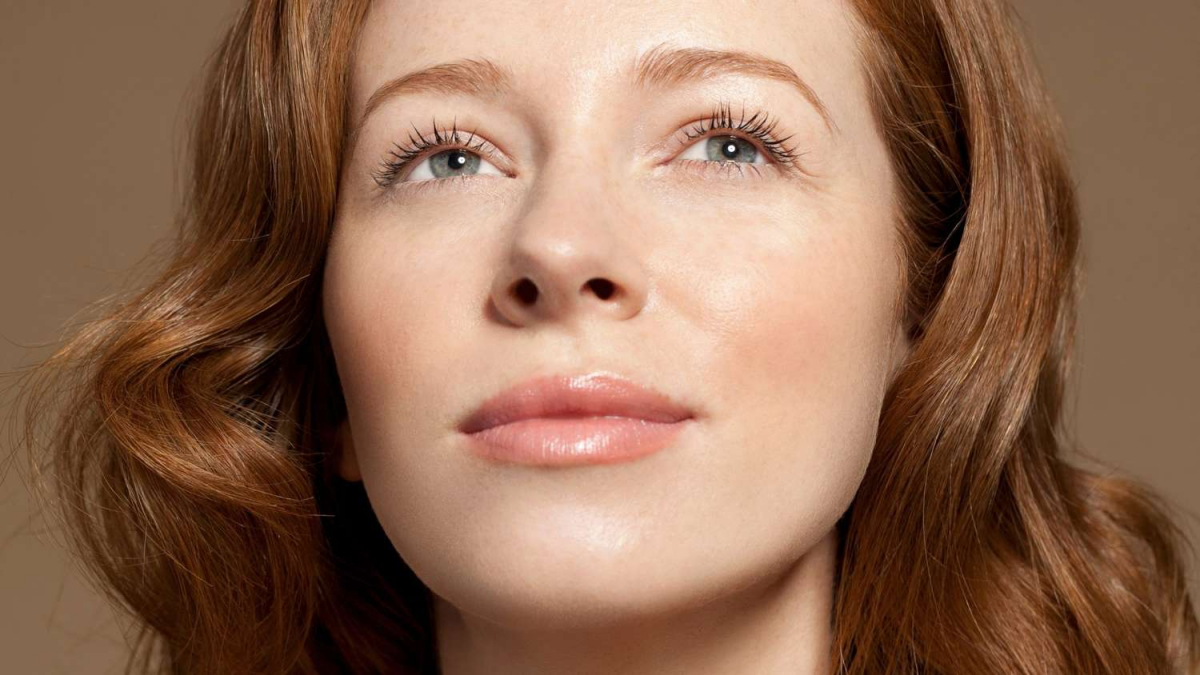
5. Vitamin B3 (Niacinamide): The Crowd-Pleaser
If I had to pick the most versatile and well-tolerated ingredient out there, it would be niacinamide. It does a little bit of everything.
How it Works: It strengthens your skin barrier, calms redness (amazing for rosacea and acne), helps control oil, and can even gently fade dark spots over time. It’s a true multi-tasker. Most serums are between 5% and 10%. Honestly, 5% is a fantastic and effective starting point. More isn’t always better here.
6. Vitamin K: The Specialist
Vitamin K isn’t an everyday, all-over-your-face ingredient. We call on it for very specific jobs.
How it Works: Its main gig is helping with blood clotting. In skincare, that makes it useful for things involving blood vessels, like bruising. We often recommend a topical Vitamin K cream before and after procedures like injections to help minimize and clear up bruises faster. But let’s be real: it’s often marketed as a cure for dark under-eye circles, and it only works if those circles are caused by leaky capillaries. For most people, dark circles are genetic, so this won’t be a miracle cure.
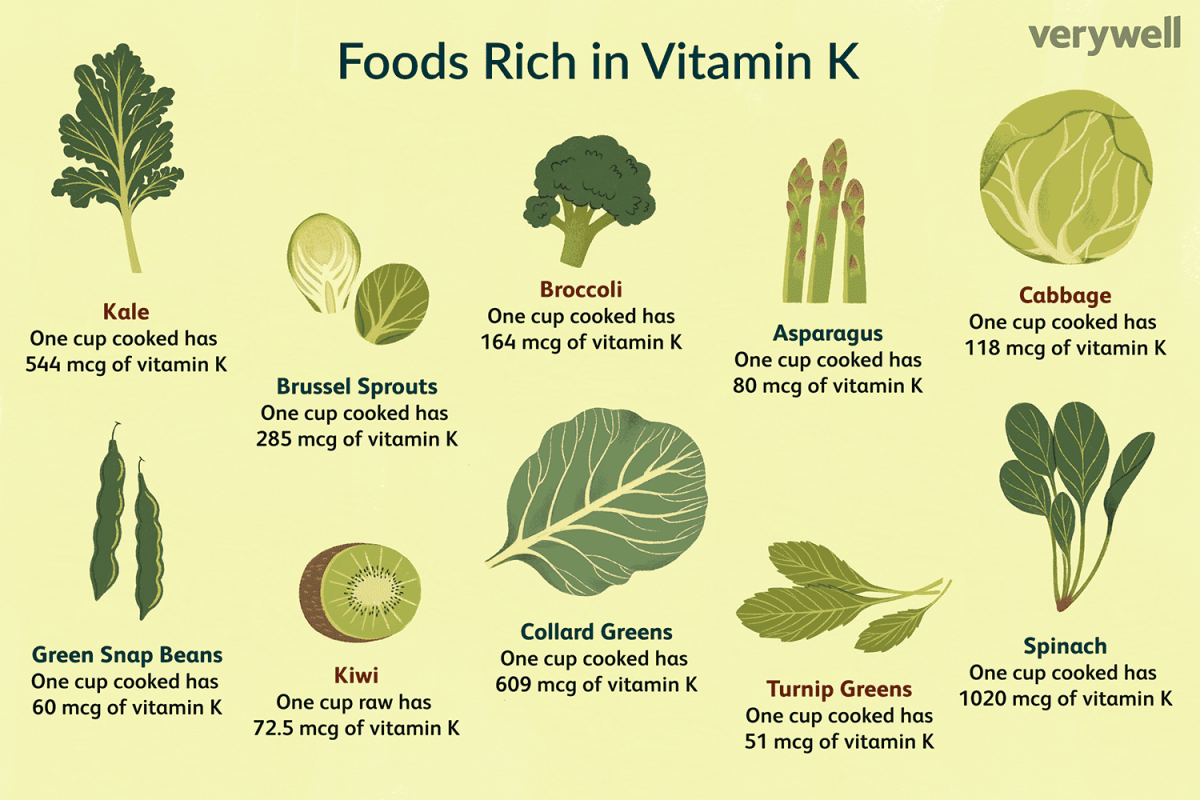
7. Coenzyme Q10: The Cellular Spark Plug
Okay, not technically a vitamin, but it’s a vitamin-like substance that is crucial for energizing your cells.
How it Works: CoQ10 helps your cells produce energy. Our natural levels decline as we age, which is one reason skin repair slows down. Adding it back in, either topically or with a supplement, can help give your cells the juice they need to function better. It’s an excellent antioxidant to look for in anti-aging creams.
Your Action Plan: Putting It All Together
Okay, that was a lot of science. So what do you actually DO with this information?
For a Total Beginner: If your routine is basically soap and water, don’t try to do everything at once! The single most impactful thing you can do is start using a broad-spectrum sunscreen every single morning. That’s it. Once that’s a habit, move on to the next step.
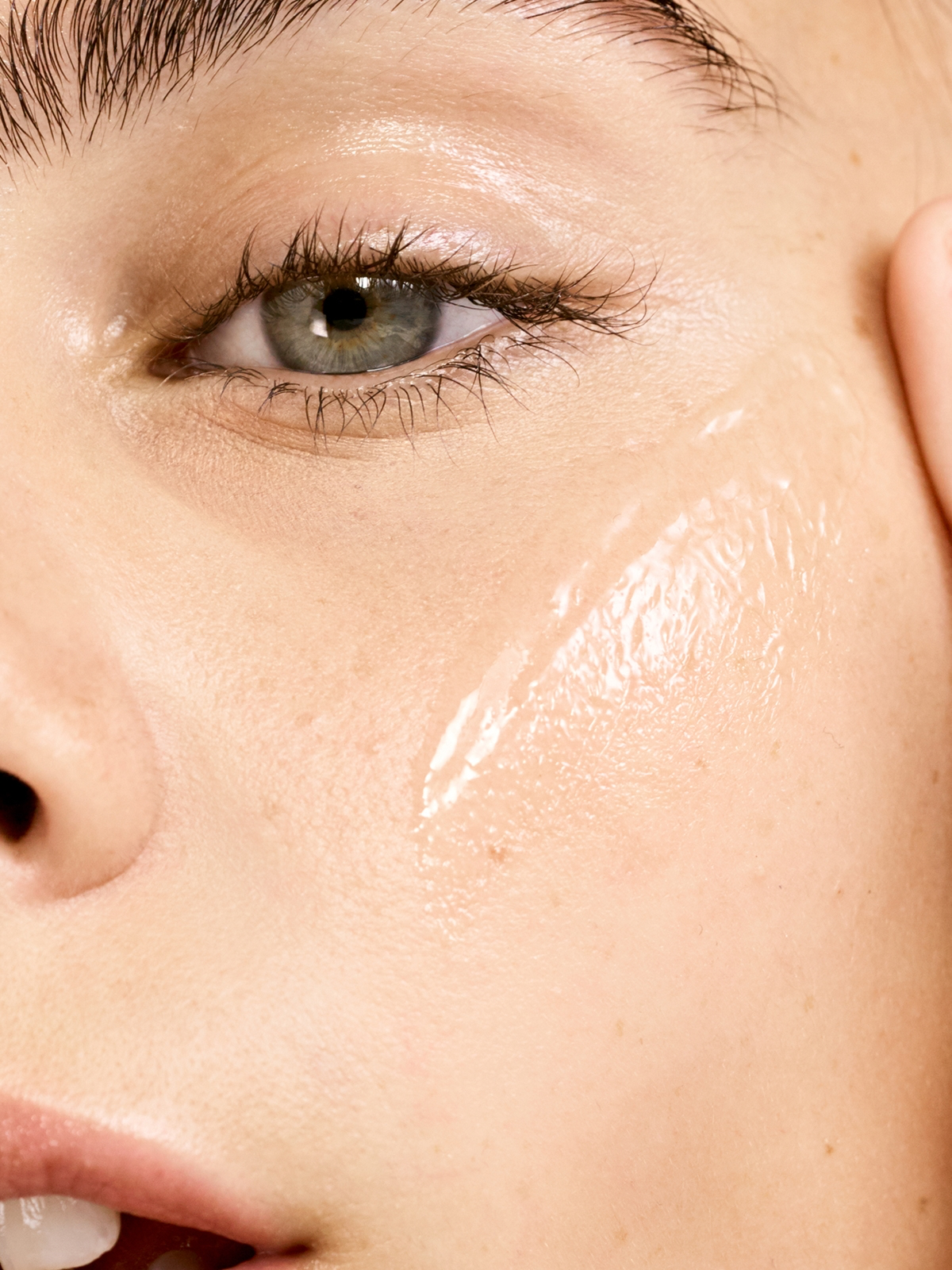
Your Concern → Your Hero Ingredient: Here’s a quick cheat sheet to get you started.
- Feeling Dull or Seeing Dark Spots? → Start with a daily Vitamin C serum in the morning.
- Worried about Fine Lines & Breakouts? → Look into adding a Retinoid (Vitamin A) to your nighttime routine.
- Dealing with Redness & Sensitivity? → Niacinamide is your gentle best friend. Try it day or night.
A Simple, Effective Routine:
- Morning: Gentle cleanser, Vitamin C serum, moisturizer, and SUNSCREEN.
- Evening: Gentle cleanser, then alternate nights. One night, use your Retinoid. The next night, use a hydrating serum with something like Niacinamide or just your simple moisturizer. This gives your skin a break.
A quick note: People always ask if they can use Vitamin C and Retinol at the same time. It’s best to keep them separate—C in the morning, A at night. This lets each ingredient work its magic without potential irritation.
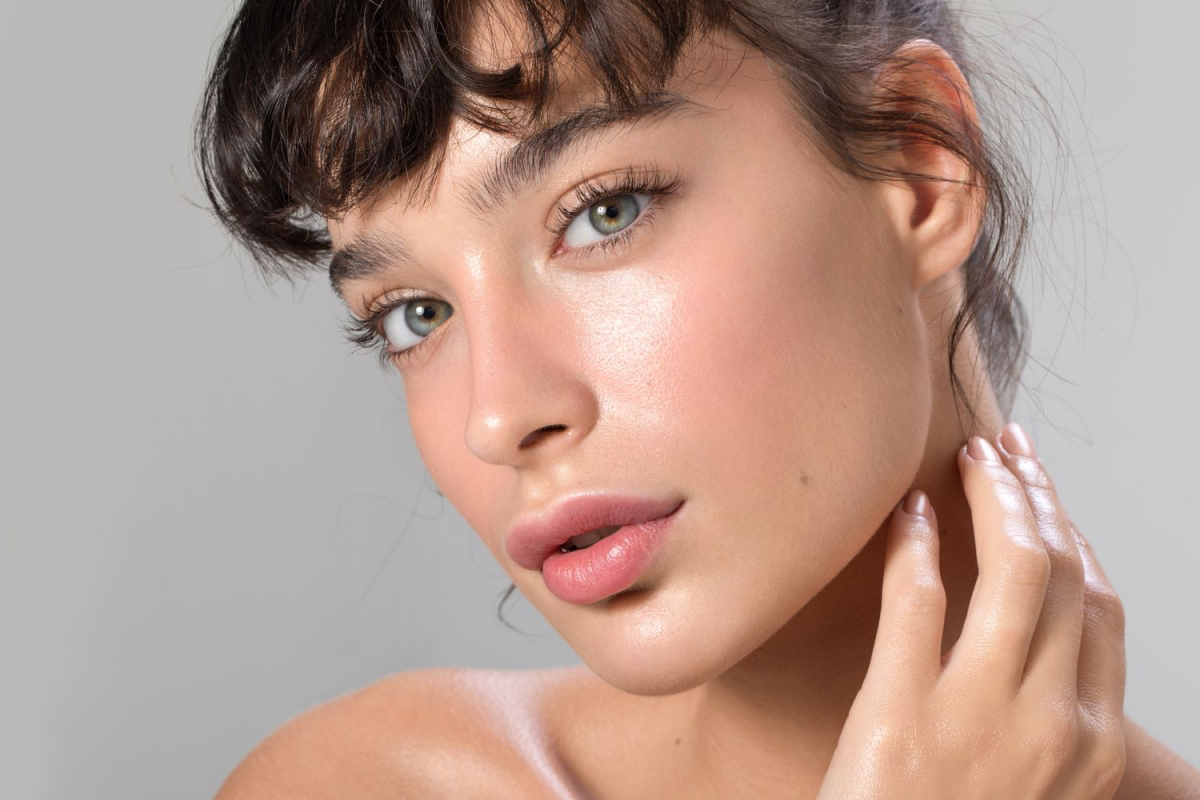
And Finally, Food First. Always.
You can’t out-serum a bad diet. A sample day of skin-healthy eating might look like this:
- Breakfast: Greek yogurt with strawberries (Vitamin C).
- Lunch: A big spinach salad with grilled salmon (Vitamins E, D, and healthy fats).
- Snack: A handful of almonds (Vitamin E).
- Dinner: Chicken breast with roasted bell peppers and broccoli (Niacinamide, Vitamin C).
A Final Word of Caution
My last piece of advice is always about safety. Be smart and be patient.
Patch test every new product on your inner arm before putting it on your face. And I’ll say it one last time: sunscreen is non-negotiable. Using these powerful ingredients without sun protection is just wasting your money and damaging your skin.
Remember, this is all for educational purposes based on my professional experience. It’s not medical advice. Always chat with a dermatologist for any medical skin conditions and your doctor before you start popping any new supplements.

Building great skin is a marathon, not a sprint. But with the right knowledge and a little consistency, you can give your skin exactly what it needs to be healthy and resilient for years to come.
Galerie d’inspiration
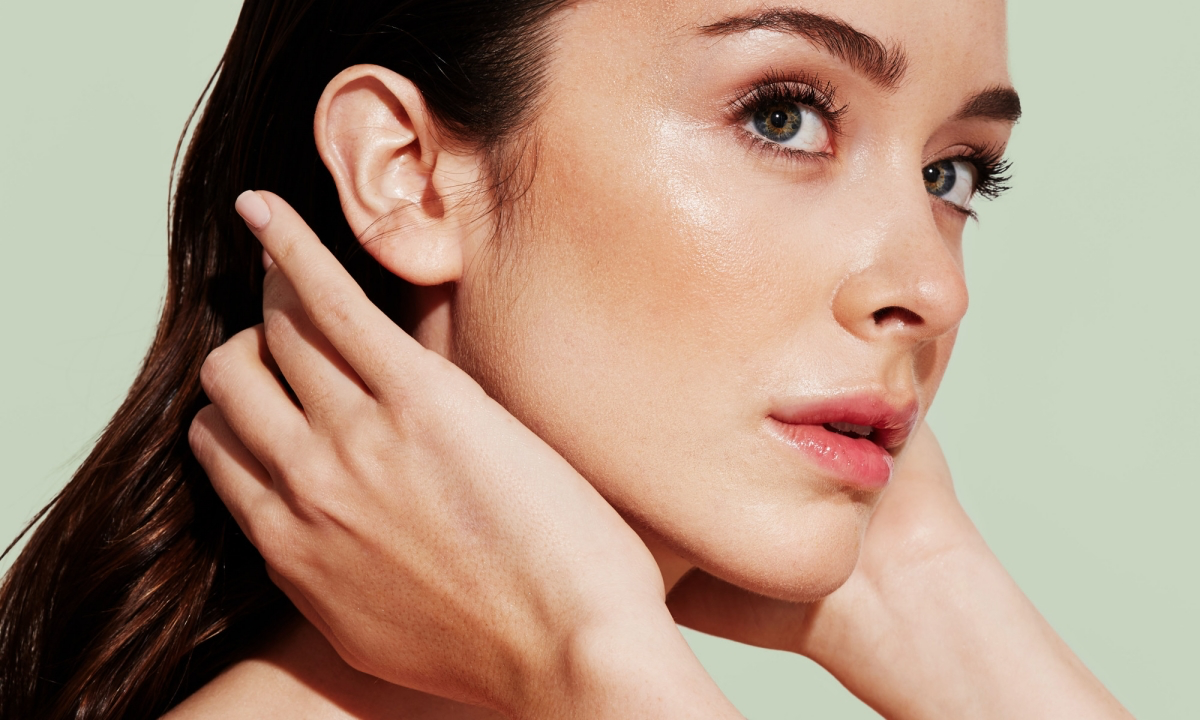
Can you just take a multivitamin and call it a day?
Not quite. While a good multivitamin can act as a safety net, it’s often not potent enough to create significant change in your skin. Skin health requires therapeutic doses of specific nutrients. For example, the standard dose of zinc in a multi might be 10-15mg, but a dermatologist might recommend 30-50mg to actively combat acne. The key is to see a multivitamin as the baseline and then add targeted, high-quality single supplements like Vitamin C, D, or specific Omega-3s from brands like Nordic Naturals to address your personal skin concerns.










